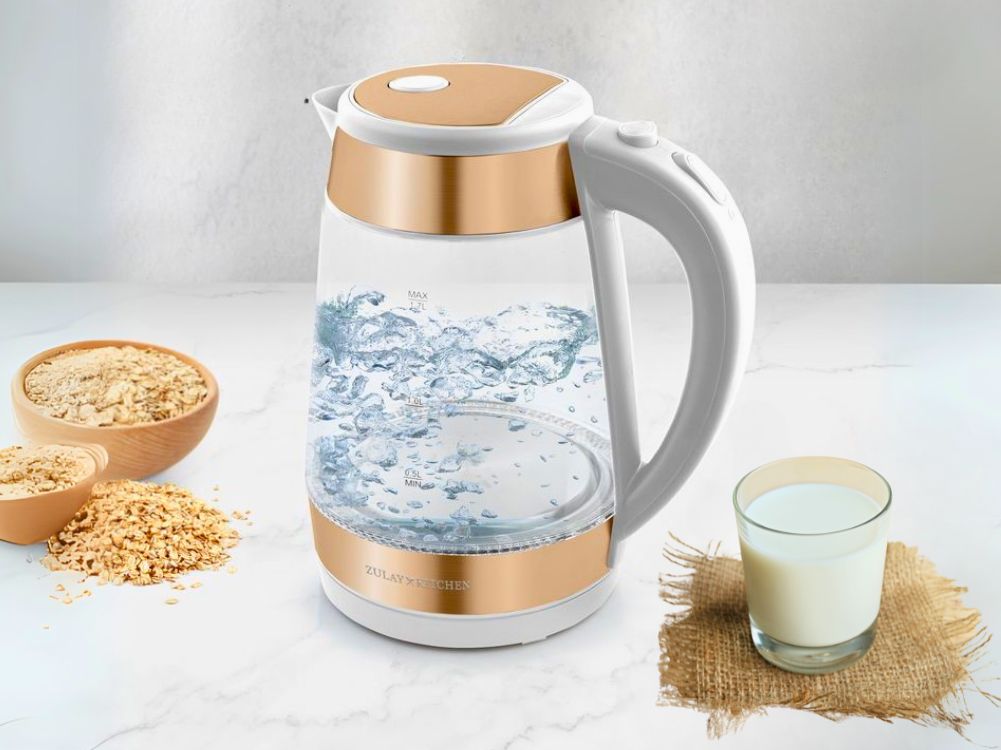
Can You Put Milk in an Electric Kettle
We get asked this all the time: “Can I just heat my milk in the electric kettle?”
It’s a fair question. If your electric kettle boils water in under two minutes, why not save time and pour your morning milk directly in there? We’ve seen it suggested on forums and social media posts. But after years of using, testing, and caring for electric kettles, not to mention helping thousands of customers troubleshoot theirs, we felt the internet deserved a clear, no-fluff answer: You can, but you really shouldn’t. Here’s why.
How Electric Kettles Actually Work
To understand the issue, let’s start with how a standard electric kettle operates. Most kettles, whether budget-friendly or high-end, are designed with a metal heating element at the base, either exposed or hidden beneath the inner surface.When turned on, this element rapidly heats up and brings water to a boil. Once the water reaches a certain temperature (usually 212°F or 100°C), the kettle auto-shuts off to prevent boiling dry.
These kettles are engineered for water. Water is thin, predictable, and evaporates cleanly. Milk, on the other hand, is a whole different story.

What Happens When You Put Milk in an Electric Kettle
If you’ve ever left milk unattended on the stovetop, you know how fast things go wrong. The same risks apply or are amplified in an enclosed electric kettle. Here's what you can expect:
Scorching & Burnt Milk Odor
Milk is a complex mixture of water, proteins (like casein and whey), lactose (a sugar), and fat. When milk is heated, especially over a direct heat source like an electric kettle’s heating element, the proteins and sugars denature and caramelize, then burn. These burned compounds form a sticky layer right on the bottom of the kettle, exactly where the heating element is. Once scorched, the residue produces a strong, unpleasant sour, or burnt smell that’s incredibly difficult to remove. Not only does it ruin your next boil, but the smell can also cling to the lid and spout for days, if not longer.
According to studies on heat-treated milk, this scorching is caused by Maillard reactions—complex chemical reactions between milk proteins and lactose that accelerate at high temperatures and result in browning, burning, and flavor changes.
Foaming & Overflow
One of the most dangerous (and frustrating) behaviors of milk when heated is its tendency to foam and overflow very suddenly. Unlike water, milk forms a thin skin of denatured protein on the surface as it heats. Beneath this skin, steam begins to build up. Because the steam can’t escape easily, pressure builds rapidly and causes the milk to froth and foam upward, almost like a volcano. Most electric kettles aren't designed with this kind of foam expansion in mind. They either: don’t shut off quickly enough, or allow foam to rise into the lid and pour spout, leading to milk seeping into the electrical components.
The result? A sticky, hot mess dripping out of your kettle and potentially damaging its internal electronics. And no, it’s not “just a little spill.” Milk foam expands fast and can coat the entire inside lid, the spout, and even the outside of your kettle.
Sticky, Hard-to-Clean Residue
Even if you avoid a full-on overflow, you’re still left with a major cleaning headache. Milk doesn’t evaporate cleanly like water—it leaves behind a sticky film made up of proteins, sugars, and fats.
According to WebMD, bacteria can thrive in improperly cleaned milk residue and multiply if the surface remains damp and warm—conditions commonly found in kettle lids and seams. Over time, this could lead to unpleasant odors, discoloration, and even health concerns if you use the kettle again without fully sterilizing it.

Damage to Internal Components
Milk is thicker than water. It’s less volatile, more insulating, and much more likely to coat surfaces. This changes the way heat is transferred inside your kettle. As a result, the milk can trap heat around the element, leading to overheating or triggering the kettle’s thermal safety shutoff.
This long-term exposure to burnt milk solids can cause corrosion or wear down protective coatings inside your kettle. And even if your kettle appears to function normally afterward, the efficiency of your heating element may slowly degrade due to residue build-up and overexposure to non-water liquids.
Voided Warranties
Most electric kettle manufacturers are very clear about this in their user manuals: Use with water only. If you put milk in your kettle and it malfunctions or stops working entirely, the company is unlikely to repair or replace it. Using milk is considered improper use and typically voids the warranty immediately. So even if you think “just once won’t hurt,” it’s worth remembering that even a single use could lead to permanent stains, functionality issues, and even complete loss of warranty protection. Trust us, we’ve seen the customer support emails.
Are There Any Electric Kettles That Can Handle Milk
Yes, but they’re rare and very specific. Some electric appliances are designed for heating milk, such as:
-
- Automatic Milk Frothers – These often have built-in temperature sensors and non-stick interiors designed specifically for milk-based drinks.
- Multi-function Beverage Makers – These sometimes allow for the heating or frothing both water and milk, with preset temperatures and built-in cleaning cycles.
- Espresso Machines with Steam Wands – For precise milk steaming. If your kettle doesn’t clearly state it’s milk-safe, don’t assume it is.

What’s the Best Way to Heat Milk Safely
1. Stovetop
The stovetop is the most controlled method and a favorite among home cooks. Using a non-stick or stainless-steel saucepan, heat your milk slowly over medium-low heat. Stir frequently using a silicone spatula to prevent scalding or burning. Once you notice small bubbles forming around the edges (before it reaches a full boil), remove it from the heat. It’s gentle, effective, and lets you stay in control.
2. Microwave
Need something faster? The microwave is a convenient option when you're short on time. Just pour the milk into a microwave-safe container like a glass measuring cup or ceramic mug. Heat it in 30-second intervals, stirring in between to distribute the heat evenly. Depending on how much you’re warming, it usually takes about 1–2 minutes to reach the perfect temperature without risking a mess.
3. Automatic Milk Frother
If hot milk is a regular part of your routine, consider investing in an automatic milk frother. Frothers like our Venus Automatic Milk Frother are specifically designed to heat and froth milk without scorching. They're ideal for making lattes, cappuccinos, matcha, or hot chocolate. Plus, they’re compact, easy to clean, and purpose-built so you never have to worry about damage or residue.

How to Clean Boiled Milk in Your Kettle
Mistakes happen. If you've accidentally boiled milk in your electric kettle, follow these steps to clean it properly without causing damage:
1. Unplug and Let It Cool Completely
Always start with safety. Make sure the kettle is unplugged and completely cool before handling. Never add cold water to a hot kettle as it can warp or crack the material.
2. Empty and Rinse
Pour out any remaining milk. Use a paper towel or soft sponge to wipe the inside gently and remove as much residue as possible.
3. Boil a Vinegar Solution
Fill the kettle halfway with a 1:1 mixture of water and white vinegar. Bring it to a boil, then turn it off and let it sit for 15–20 minutes. This helps break down milk residue and neutralize any sour odors.

4. Scrub Gently
Once cooled, use a soft brush or non-abrasive sponge to gently scrub away any remaining film. Avoid using steel wool or harsh scrubbing pads since they can damage the interior lining.
5. Rinse and Air Dry
Rinse the kettle thoroughly with clean water to remove any vinegar and loosened debris. Leave the lid open and allow it to air dry completely before using it again.
Zulay Says: If your kettle has exposed heating coils, avoid soaking. Instead, use a soft brush or a descaling solution that's specifically labeled as safe for kettles with heating elements.
Final Verdict: Should You Put Milk in an Electric Kettle?
In short: No, unless the product specifically says it’s milk-safe.
Heating milk in a regular electric kettle is more trouble than it’s worth. The risk of damage, mess, and bacterial buildup far outweighs the convenience. Your kettle is a kitchen workhorse so don’t send it into early retirement. Instead, use tools made for milk and keep your electric kettle for what it does best: boiling water quickly and cleanly.
Other Kitchen Tools for Easy Milk Heating & Serving:
-
- Rechargeable Milk Frother – Whip up café-style foam in seconds.
- Frothing Pitcher – Precision pour spout for lattes and hot chocolate.
- Electric Water Kettle – Durable, fast-boiling, and stylish. Best for making hot water to mix with powdered milk.
Browse our Kitchen Tool Collection to find everything you need for clean, efficient cooking. Because kitchen happiness starts with using the right tool for the job.

FAQs About Boiling Milk Using Electric Kettle
Can I put almond or oat milk in an electric kettle?
No, and for the same reasons you shouldn't put dairy milk in. Plant-based milk like almond, oat, soy, and coconut still contains proteins, sugars, and natural fats that can scorch, foam, and leave behind sticky residues. This milk may even froth and overflow faster than dairy. It's best to heat them in a saucepan over low heat or use a dedicated milk frother designed for plant-based options.
What if I’ve already heated milk in my kettle once?
If it's a one-time accident, don’t panic. Unplug your kettle, let it cool, and clean it thoroughly right away using a 1:1 vinegar-water solution followed by a gentle scrub. Remove all residue and odors to prevent bacteria buildup. Just avoid repeating the mistake—milk residue can damage the internal components of your kettle over time and may void the warranty.
Are there kettles safe for milk?
Yes, but they’re not your standard water kettles. Some specialty kettles are designed for tea lattes, hot chocolate, or baby formula and are labeled as safe for milk heating. Always check the user manual before using any kettle with milk. If it doesn’t explicitly say “milk-safe,” assume it’s meant for water only.
Why is milk so hard to clean from kettles?
Milk contains a combination of proteins (casein and whey), sugars (mainly lactose), and fats that separate and stick to surfaces when exposed to heat. These substances cling to metal and plastic, especially around heating elements, and can spoil quickly, leading to lingering sour smells, discoloration, and even mold if not cleaned immediately and thoroughly.
Can I heat water and then add milk after?
Absolutely. That’s the best and safest method. Heat your water in the kettle, then pour it over your coffee, tea, or cocoa. Add milk separately using a stovetop or microwave to warm it. This method keeps your kettle clean and preserves its functionality without risking damage or bacteria buildup.
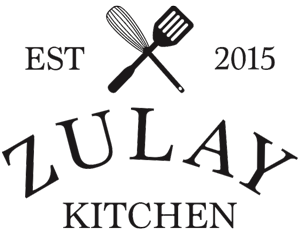














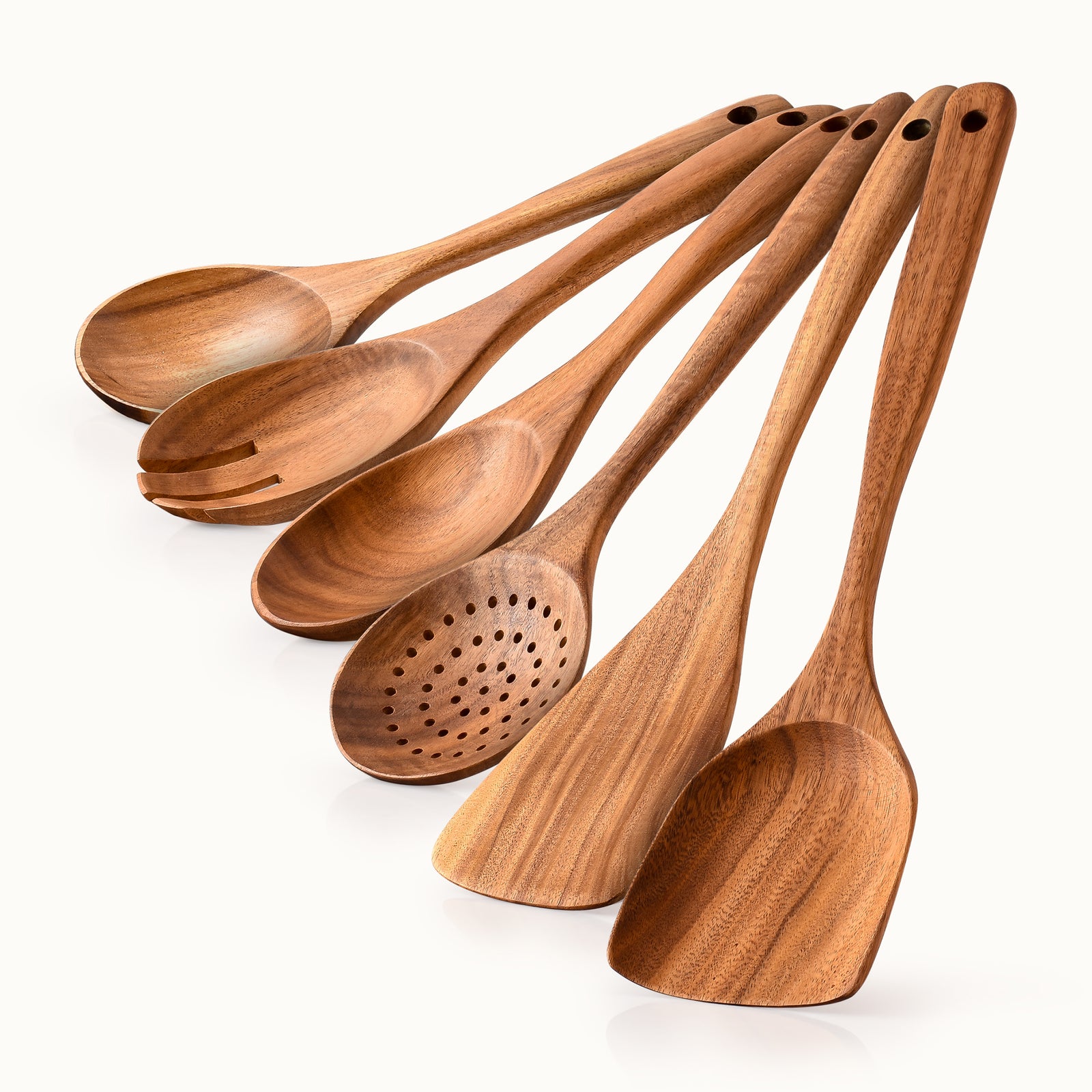

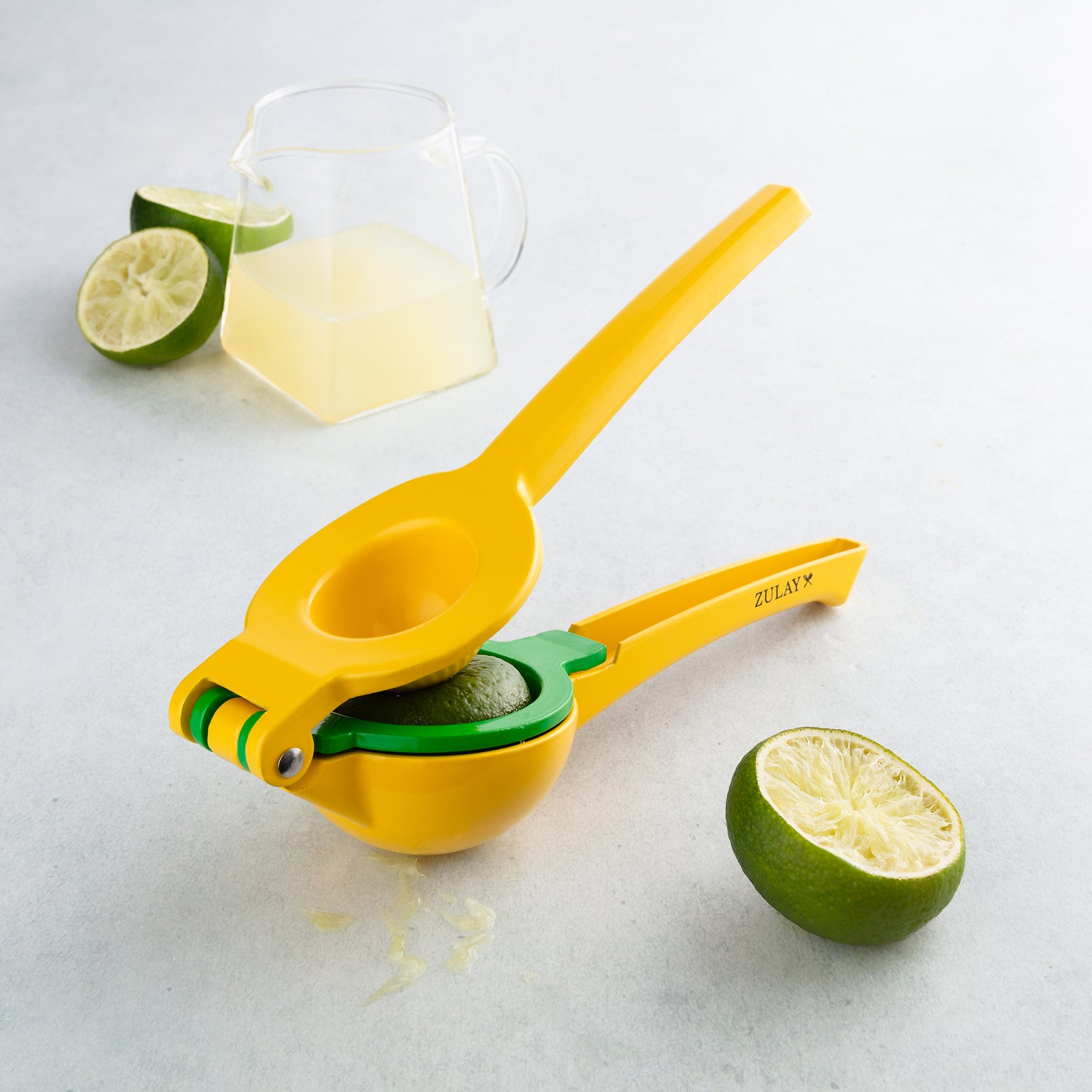
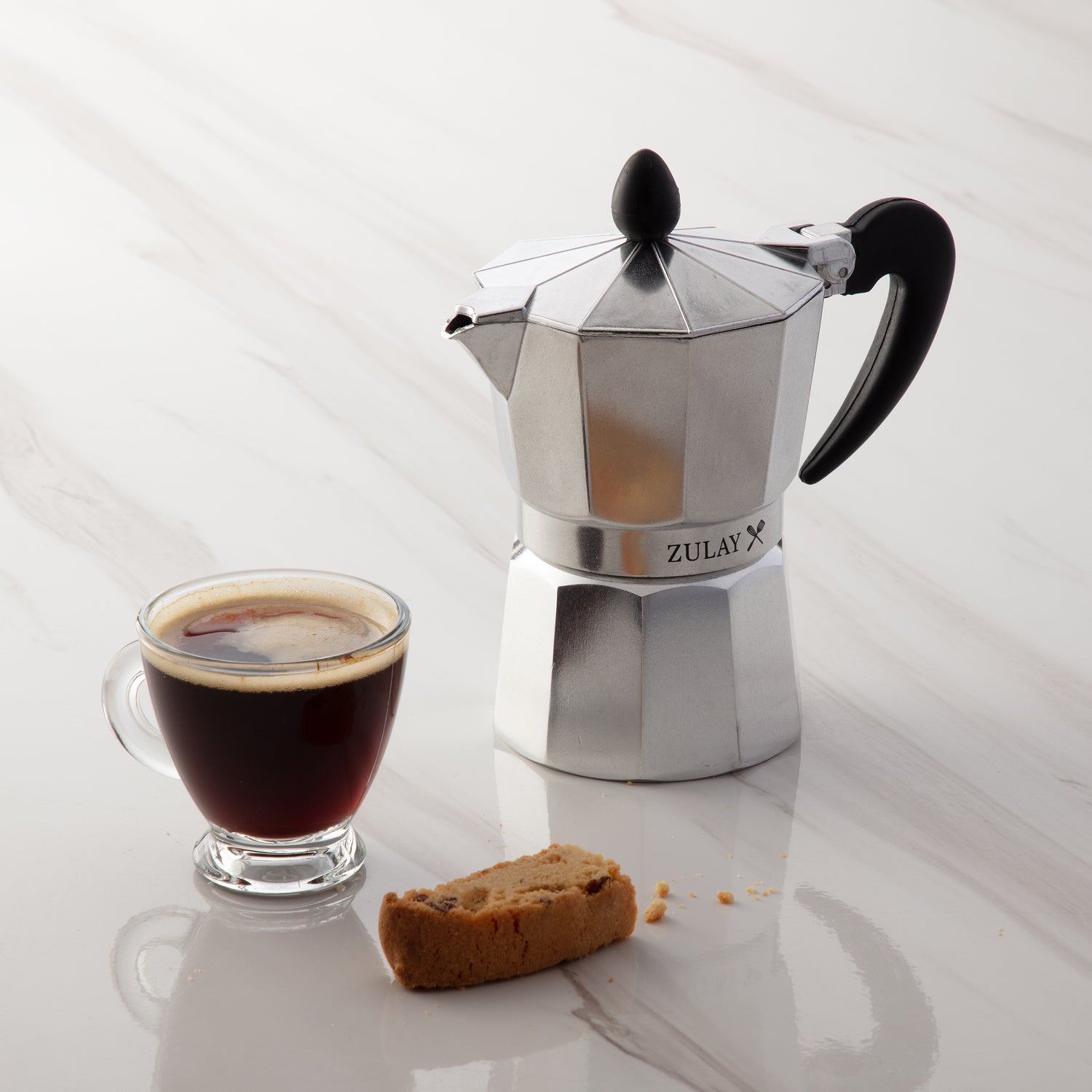



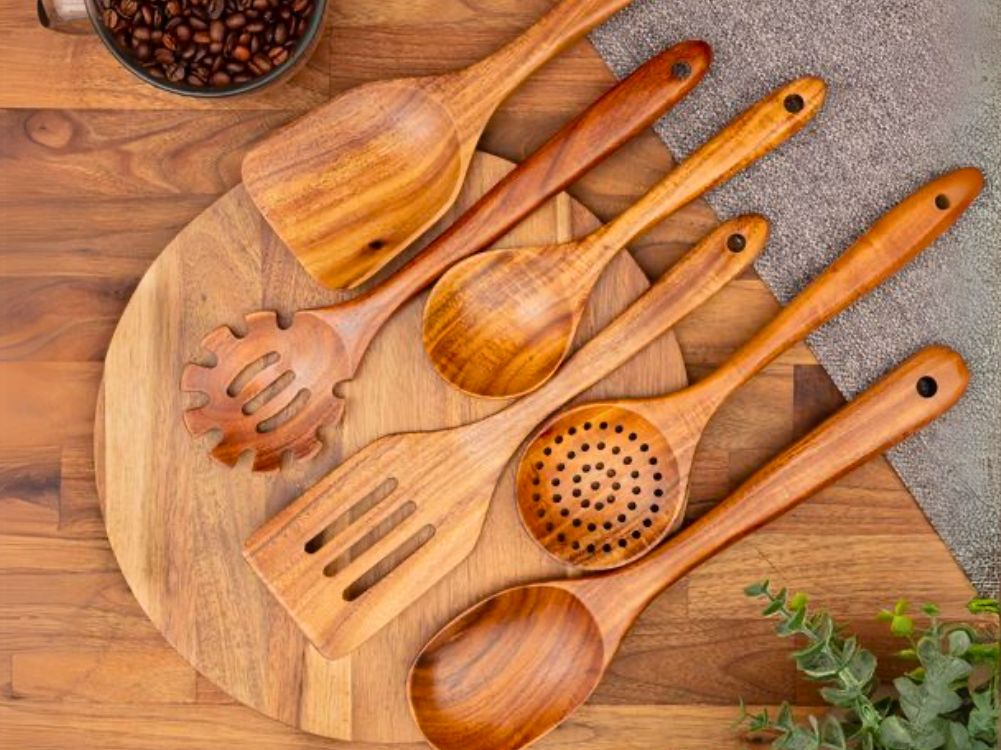
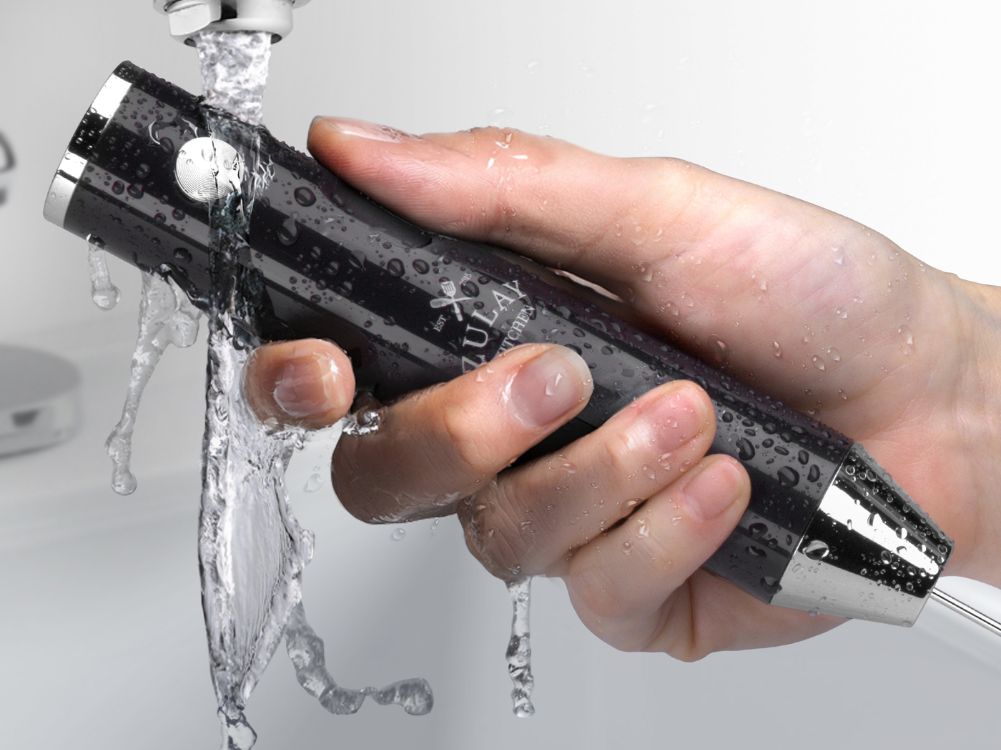
Leave a comment
This site is protected by hCaptcha and the hCaptcha Privacy Policy and Terms of Service apply.